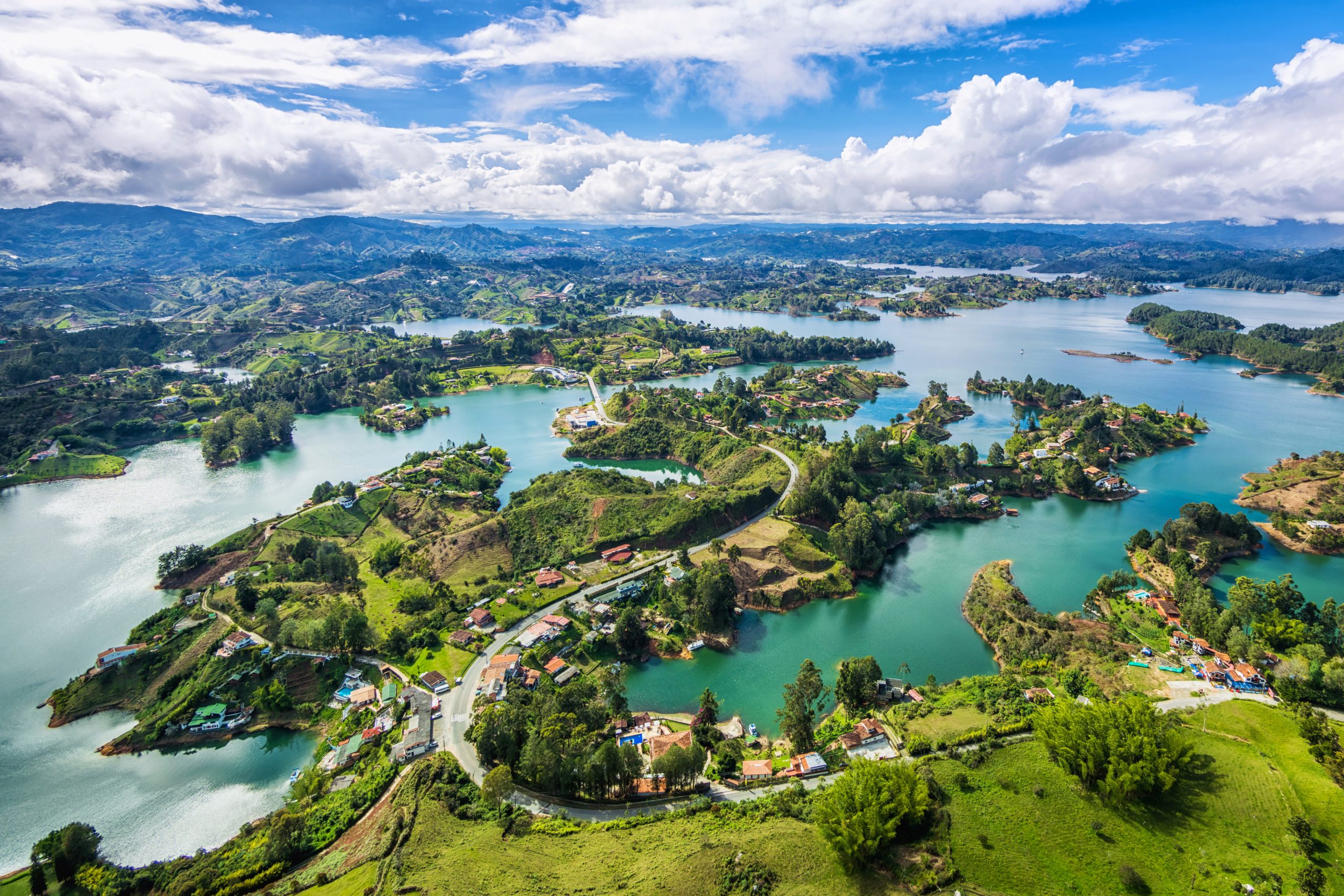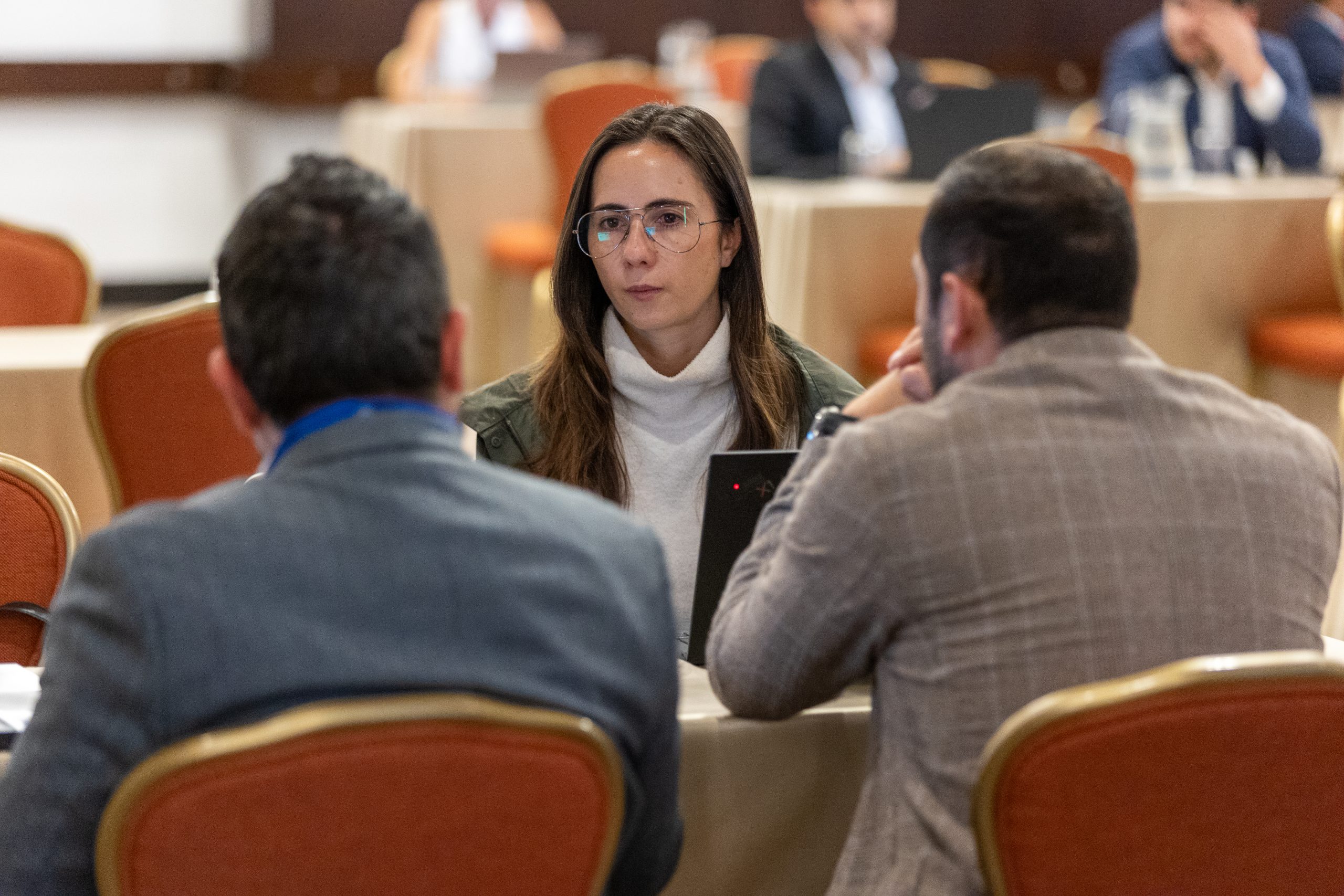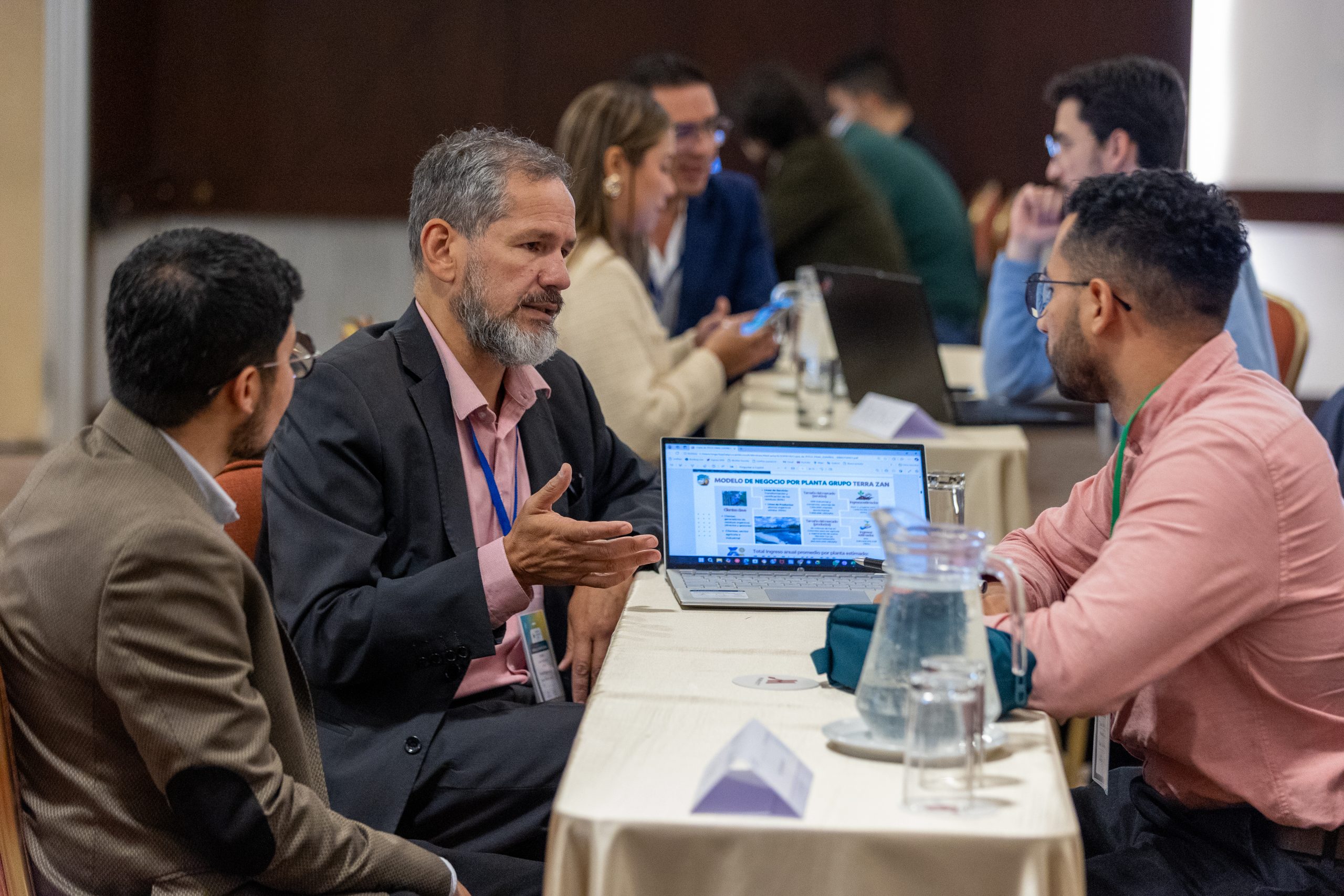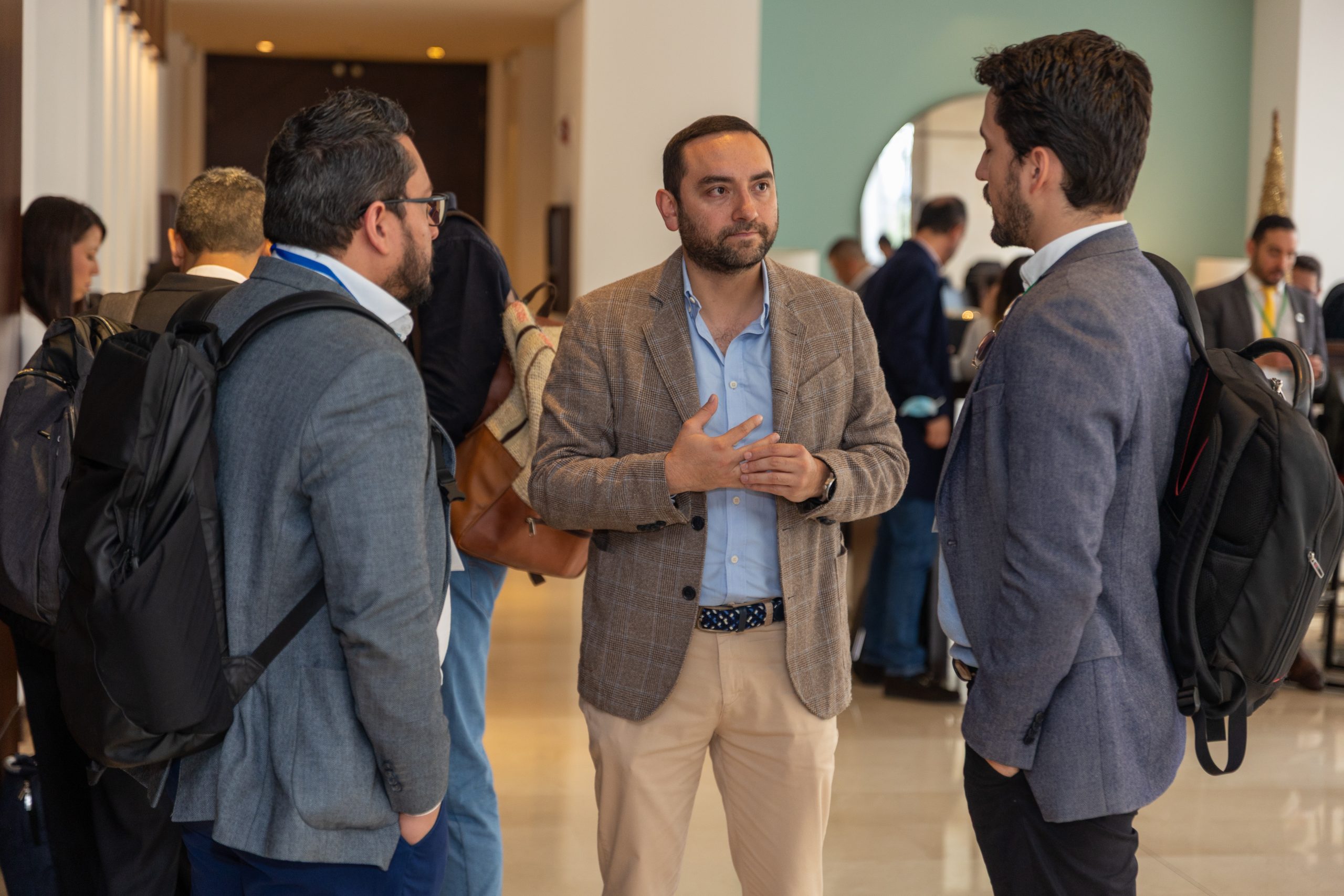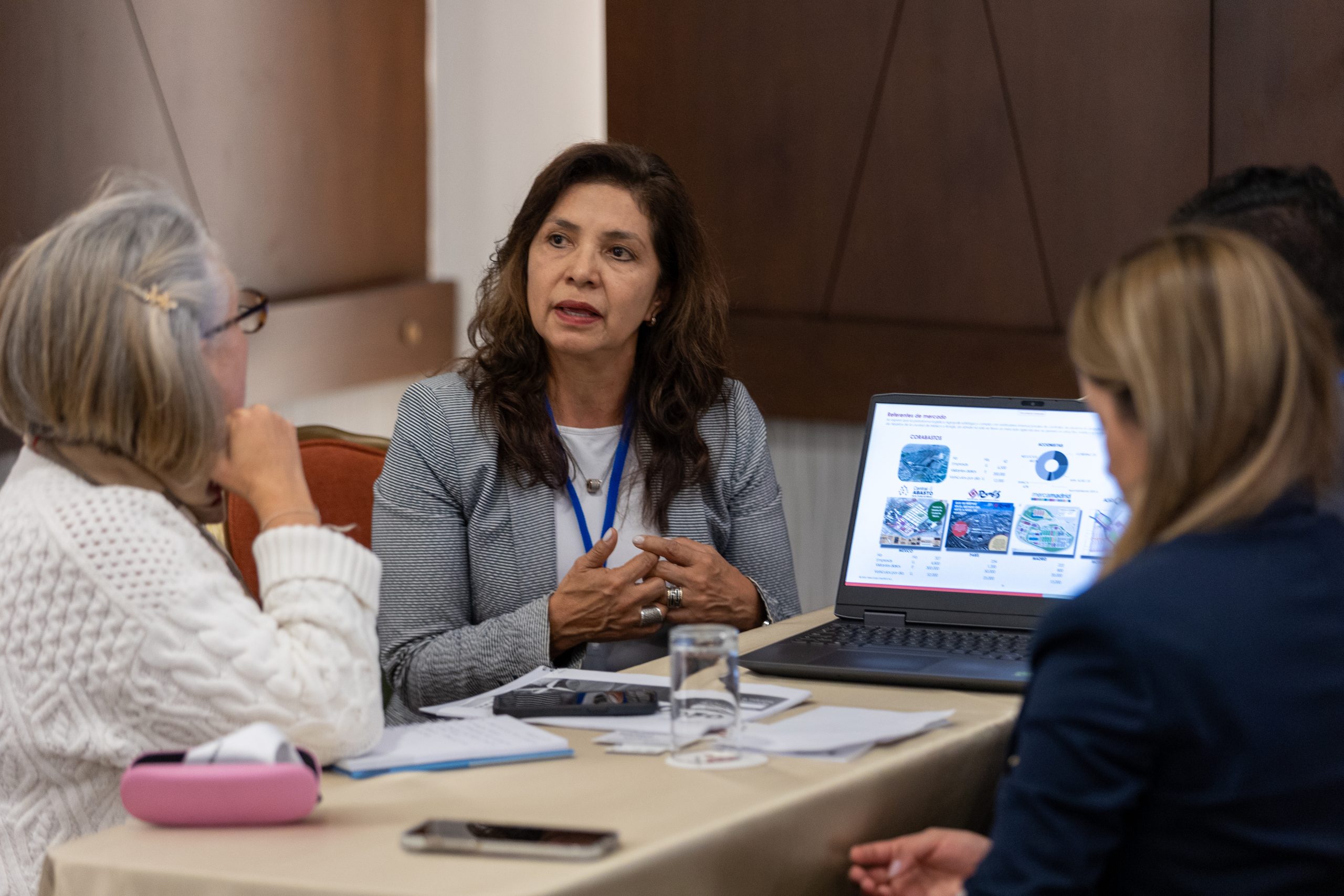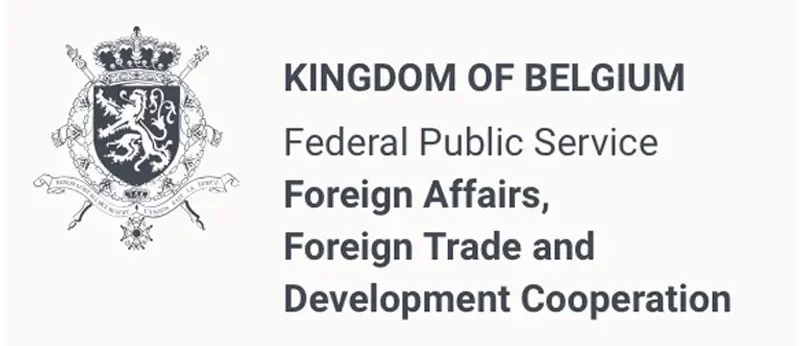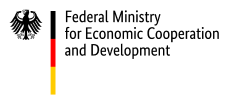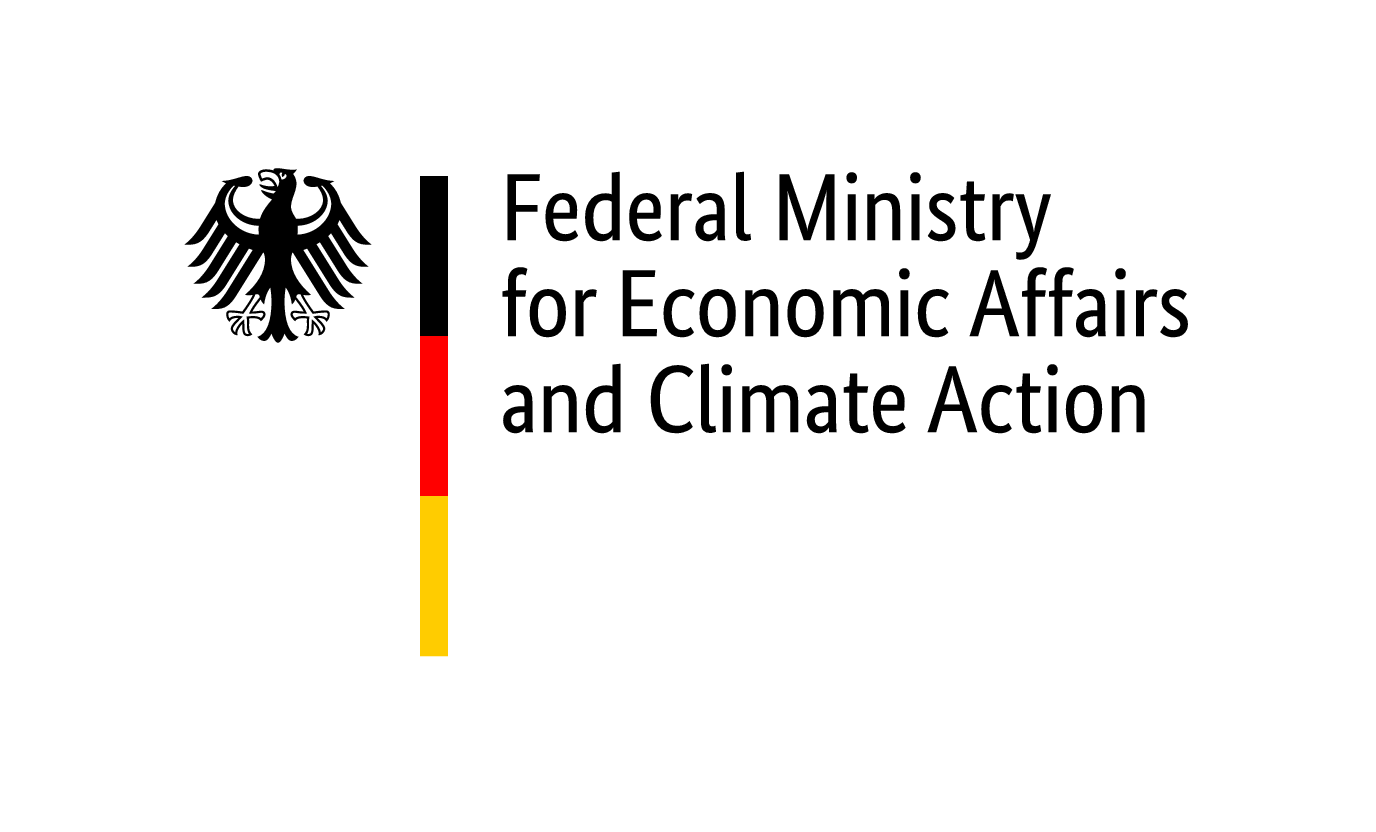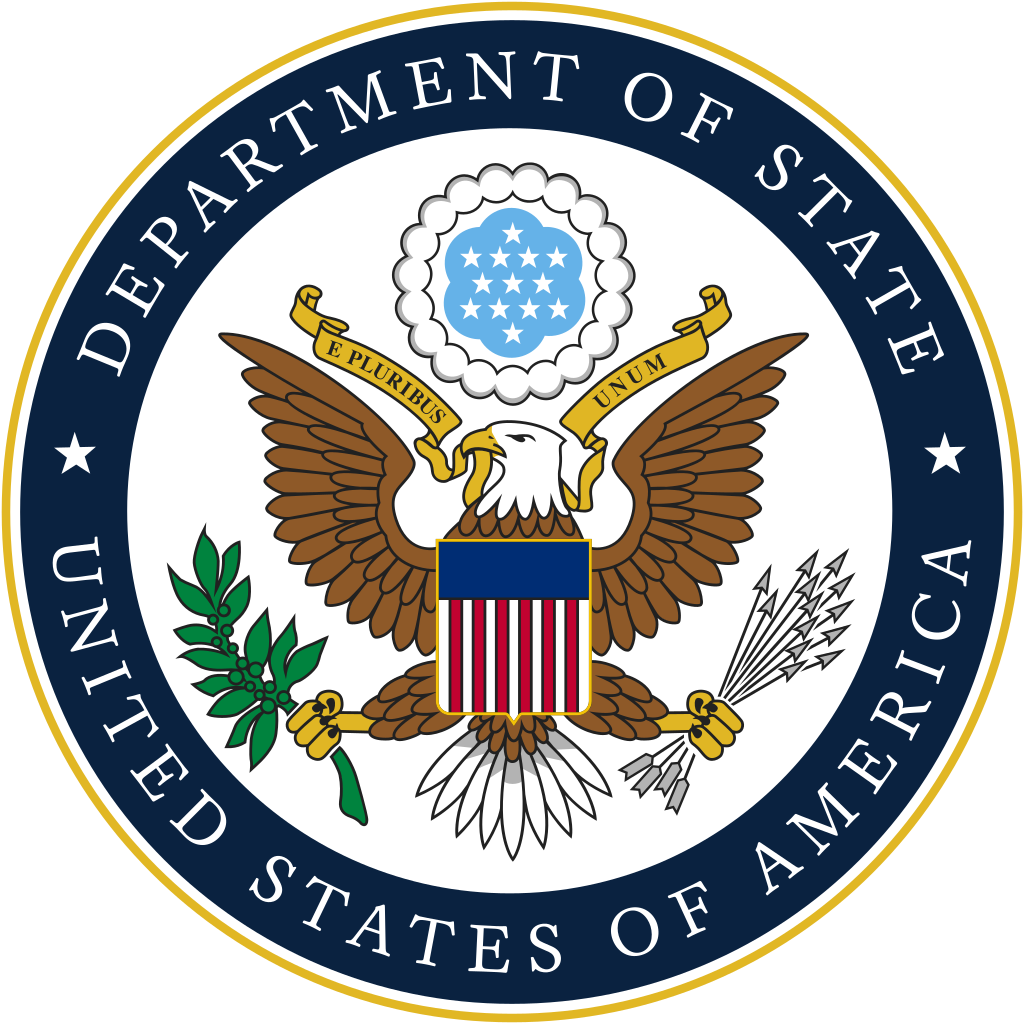The Republic of Colombia, renowned for its rich biodiversity and natural resources, has the highest recurrence of extreme weather events in South America, including flooding, landslides, droughts and cyclones. Coastal areas are particularly vulnerable to rising sea levels and storm surges, while changing rainfall patterns and prolonged droughts heavily strain the agricultural sector, a cornerstone of the Colombian economy.
Colombia has made climate action a priority, emerging as a regional leader with a strong institutional framework for resilient, low-carbon development. In 2016, the government created the inter-institutional National Climate Change System (SISCLIMA) to define and coordinate guidelines for policy and action.
In its updated 2020 Nationally Determined Contribution (NDC), the national government outlined 196 mitigation and adaptation actions, expanding the adaptation component from 10 to 30 multi-sectoral goals. The NDC establishes a target to reduce greenhouse gas (GHG) emissions by 51% by 2030 compared to a business-as-usual scenario and cut black carbon emissions by 40% from 2014 levels. Colombia’s Long-Term Strategy E2050 outlines the country’s climate plans for achieving carbon neutrality by 2050.
Mobilizing finance is critical to achieving these ambitions. With support from the NDC Partnership, Colombia’s Ministry of Environment and Sustainable Development (MESD) and the National Planning Department (DNP) have led efforts to mobilize resources that will fast-track implementation of priority NDC actions.
Financing Climate Action in Colombia
The Inter-American Development Bank estimates that Latin America and the Caribbean will need to redirect between 7% and 19% of GDP annually to achieve climate goals in the region.
Achieving carbon neutrality could cost Colombia up to USD 92 billion by 2050. As a fossil fuel producer, Colombia also faces potential losses of 10% in export revenues, 6% in government revenues and 8% in GDP under decarbonization plans. However, the costs of inaction are potentially much greater: By 2050, the population affected by floods could triple, extreme heat days could increase six-fold and infrastructure disruptions could impact 60% more Colombians. Colombia’s financial sector is also exposed to climate risks, with potential losses from climate-related natural disasters and the economic shifts required for decarbonization.
Despite these challenges, climate action offers significant long-term benefits. Strengthening climate resilience and reducing emissions would lower air pollution, ease traffic congestion and reduce the country’s reliance on global energy markets. These efforts could generate up to USD 7 billion in economic benefits by 2050, while also driving sustainable development.
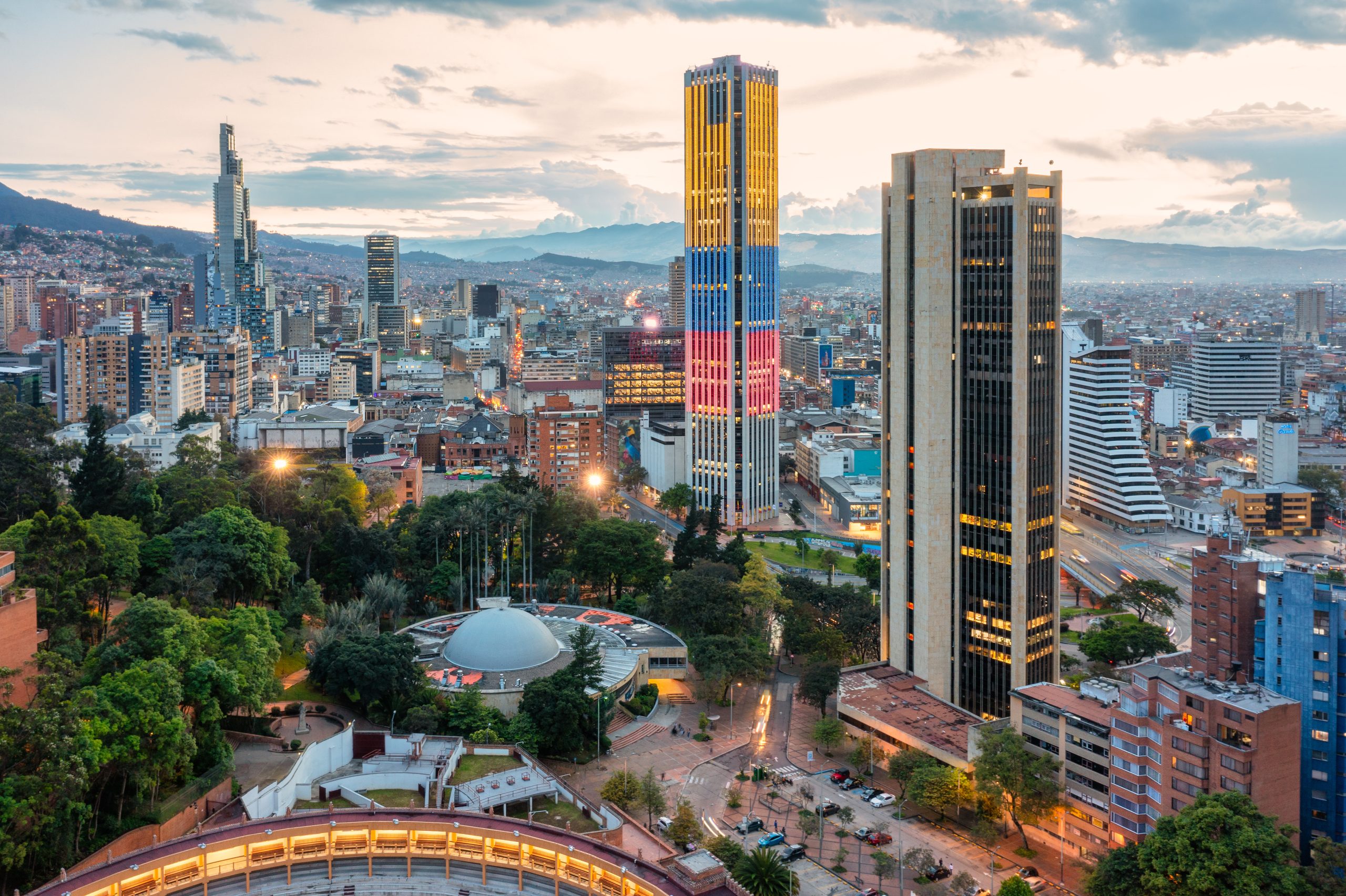
The private sector has a crucial role, with the potential to contribute up to 80% of required climate investments between 2023 and 2050. However, mobilizing capital depends on macroeconomic stability, clear regulations and strong incentive frameworks. Colombia was the first Latin American country to issue local currency green bonds in October 2021, raising Colombian pesos (COP) 750 billion. Financial institutions, including banks and pension funds, have since embraced green bonds to channel resources into climate projects. To date, the 2031 green bonds have an outstanding issuance balance of COP 3.22 trillion, since their first auction in 2021.
Within SISCLIMA, the Financial Management Committee (CGF) aligns economic and financial planning with Colombia’s climate commitments by connecting national and regional public institutions with development bank and private banking institutions.
To better connect finance seekers with public and private financiers and investors, the DNP created the “Corredor de Financiamiento Climático” — the “Climate Finance Broker Facility” — a platform linking climate projects with funds to accelerate the implementation of NDC-aligned initiatives. Through the Broker Facility, the DNP piloted the “Project Checklist,” developed by the NDC Partnership Support Unit, to standardize project information, improving communication between finance seekers, support providers and potential investors.
Accelerating Impact Through the Climate Finance Broker Facility
After submitting its enhanced NDC in 2020, the DNP established the Broker Facility with support from the NDC Partnership to connect climate projects with funding sources, bridging the gap between project developers and investors.
By prioritizing agriculture, renewable energy and sustainable urban development, the Broker Facility channels financing toward NDC-aligned projects.
To achieve this, the Broker Facility operates under three key pillars:

Demand
Identifying and developing technically and financially viable project portfolios from ministries, territorial entities and businesses.
Offer
Identifying and engaging funding sources — including international cooperation, public funds, private investments and philanthropy — while cataloging green financial products.
Ecosystem Support
Strengthening project developers’ capacities through incubators, accelerators and innovation centers to enhance project readiness and align proposals with investment standards.
The Climate Finance Broker Facility is one of our most powerful tools for closing the climate finance gap, especially for regions outside industrial hubs. By connecting well-structured projects with the right stakeholders, we’re unlocking opportunities that would otherwise remain inaccessible.”
Carolina Díaz Giraldo
DNP Director of Environment and Sustainable Development
In August 2024, at a roundtable event in Bogotá supported by the NDC Partnership, the DNP introduced the Project Checklist as a key part of the Broker Facility. The event brought together over 35 companies and 25 financiers, presenting 42 projects seeking COP 3 trillion in funding.
At the event, several key actors and projects showcased the tangible benefits of support from the Climate Finance Broker Facility.
The Project Checklist: Structuring Project Information
In using the Project Checklist to standardized project information, the Broker Facility is streamlining the matchmaking processes between project developers and investors, aiming to build a pipeline of potential projects for further development support. By helping project seekers standardize project information, the Project Checklist better prepares finance seekers to engage in networking opportunities. By backing NDC-aligned projects with clear financial and technical details, the Project Checklist enhances investor confidence.
As one of the first countries to pilot the Project Checklist — alongside Laos, the Maldives, Morocco, Nigeria and Uganda — Colombia is demonstrating how structured financial tools can accelerate project funding.

Knowing the challenges and critical importance of global climate finance, we designed the Project Checklist to assist countries in turning ideas into bankable projects. In Colombia, the Project Checklist has been integrated into the Climate Finance Broker Facility and support the government in facilitating capital for climate-related initiatives.”
Pablo Vieira
Global Director of the NDC Partnership
“The Broker Facility, with support from tools like the Project Checklist, is transforming how climate projects access funding,” says Carolina Díaz Giraldo. “By streamlining project preparation and increasing visibility, we are making it easier for investors to identify viable opportunities, strengthening Colombia’s financial ecosystem and ensuring resources flow to the projects that need them most.”
The Climate Finance Broker Facility was established with support from the NDC Partnership and multiple partners. The United Kingdom Partnering for Accelerated Climate Transitions (UKPACT) program provided technical assistance that laid the foundation for the facility, with the UK Government continuing to support private sector engagement through a DNP secondment. The Inter-American Development Bank (IDB) is helping DNP expand the initiative to the subnational level. The German Cooperation supports software development through the PRONDC program and is working with Chambers of Commerce via the IKI Interfaz program to boost business engagement. USAID has aligned sectoral climate finance efforts with national priorities in transport, housing, water and sanitation.

“The NDC Partnership has played a pivotal role from the start, fostering collaboration to expand the facility’s reach. This collective effort shows how strong institutional leadership, backed by international cooperation, can create innovative financial solutions to bridge the climate finance gap and accelerate action.”
Luis Alejandro Noguera Robayo
Climate Finance Broker Manager at DNP
Financing Colombia’s Future
Building on current progress to date, DNP, through the Broker Facility, will continue building stakeholders’ capacity to effectively develop and structure climate projects through training and technical assistance. The Chambers of Commerce supports efforts to build national capacity in climate change, biodiversity and gender-responsive financing through the German Cooperation’s IKI Interfaz Program. This initiative aims to bolster business engagement with the Climate Finance Broker Facility.
A second round of private sector and regional promotion is scheduled for August 2025 at the DNP Climate Finance Event, providing a platform to showcase new climate finance opportunities, connect developers with investors and advance Colombia’s climate finance strategy.
Colombia’s experience highlights the critical role of structured processes, multi-stakeholder engagement and financial tools in mobilizing climate resources. As global demand for climate finance grows, initiatives like the Climate Finance Broker Facility ensure projects secure the funding needed to drive real change.
“The work we’re doing today is laying the foundation for a sustainable future,” said Luis Alejandro Noguera Robayo. “Through partnerships and innovation, we’re proving that ambitious climate goals are within reach. With support from the NDC Partnership, we are making significant progress in bridging the climate finance gap and building capacity among project developers, highlighting the importance of collaboration in achieving Colombia’s NDC targets”
Colombia demonstrates how government leadership, enabling environments and initiatives like the Climate Finance Broker Facility can bridge the gap between climate ambition and implementation.
More Impact Pathways

Armenia's Push for Clean Energy and Sustainable Development
See this pathway in action by exploring how Armenia is accelerating NDC implementation across climate-vulnerable sectors.
Read Story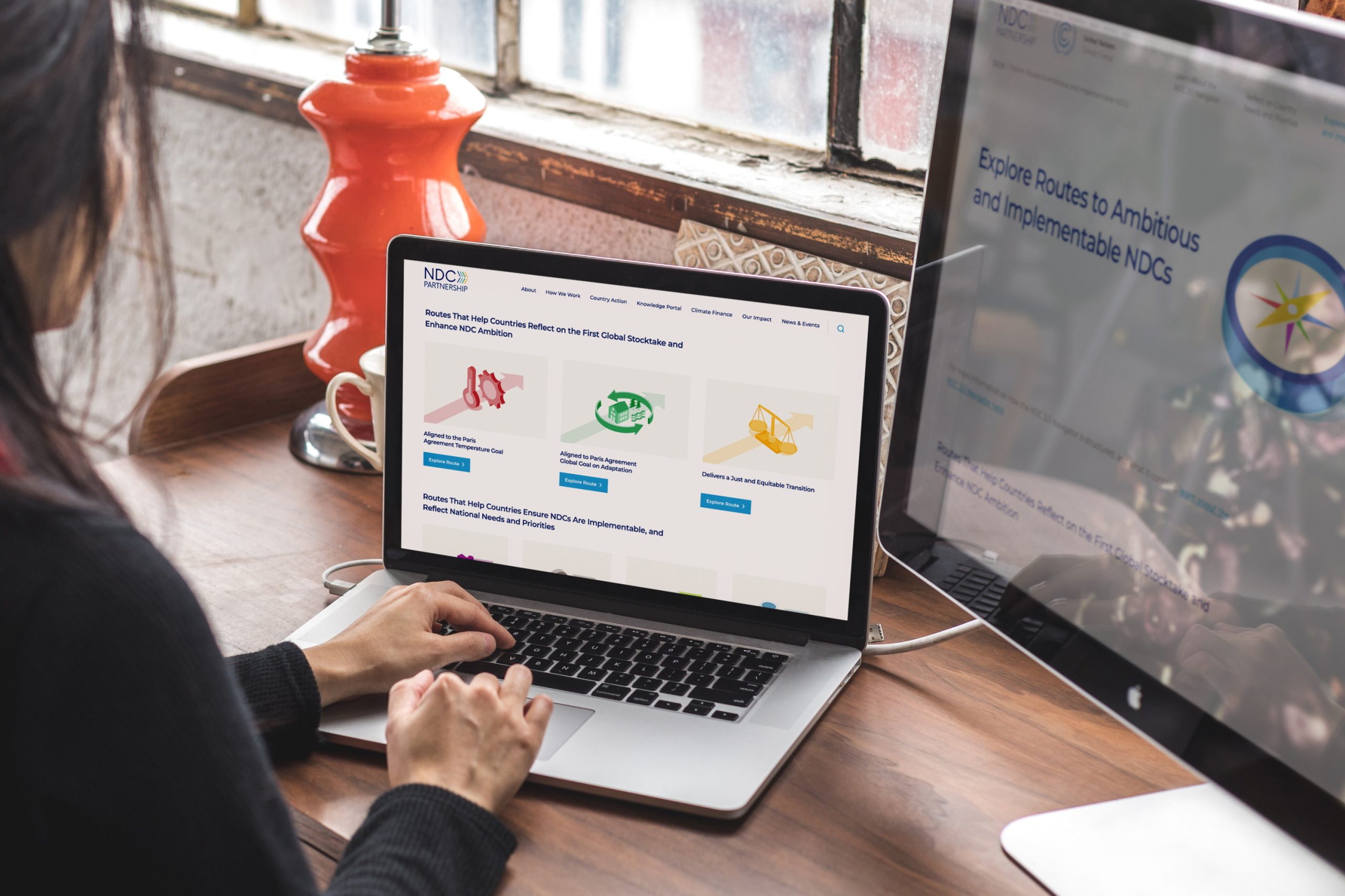
The NDC Partnership: A Convening Force for NDCs 3.0
Learn about NDC 3.0 progress and support mechanisms such as the Global Call for NDCs 3.0 & LT-LEDS, the NDC 3.0 Navigator and the Partnership Action Fund (PAF).
Read Story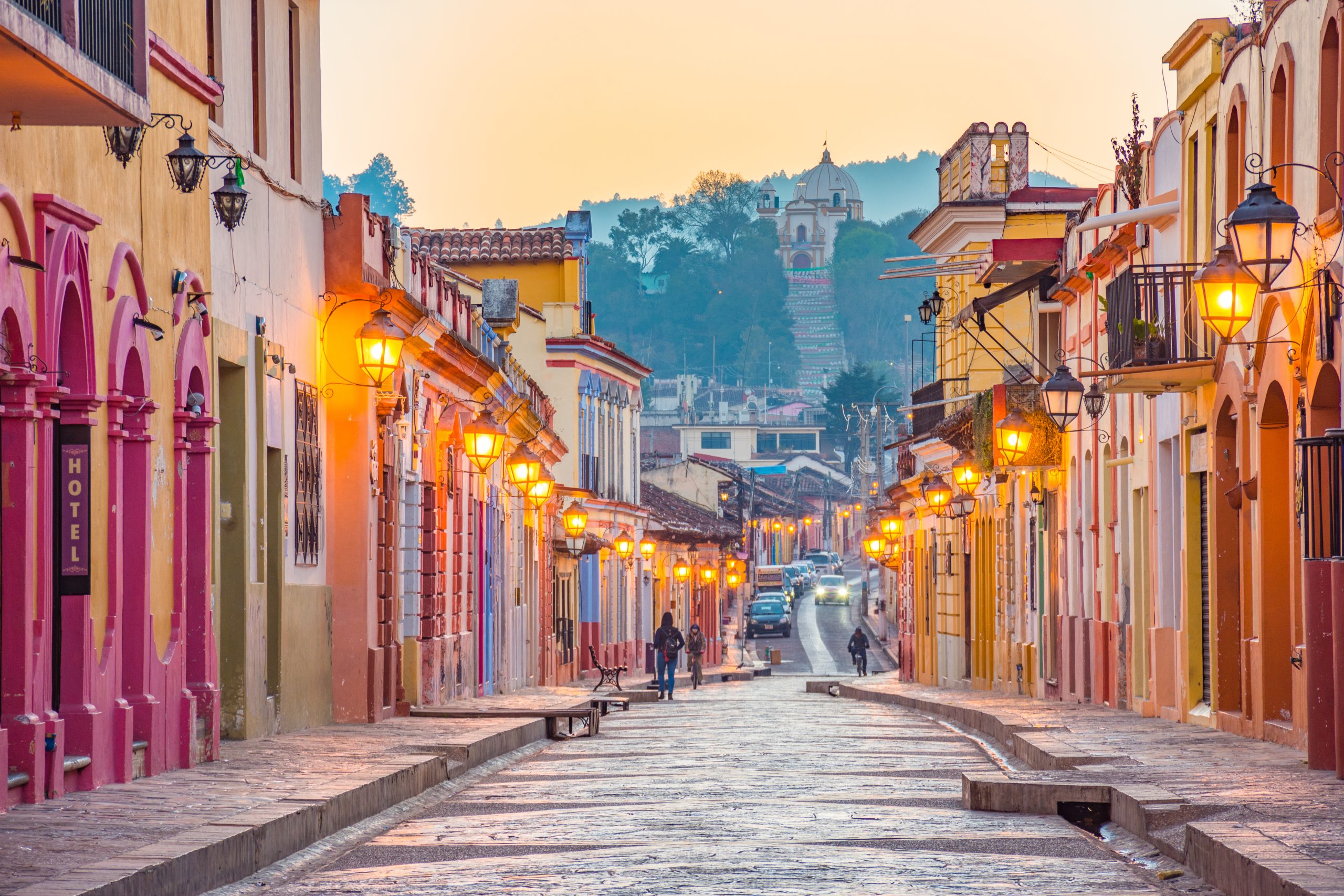
Mainstreaming Sustainability and Climate Goals into National Development
Explore how countries are integrating climate action with gender, youth and broader national development priorities.
Read Story